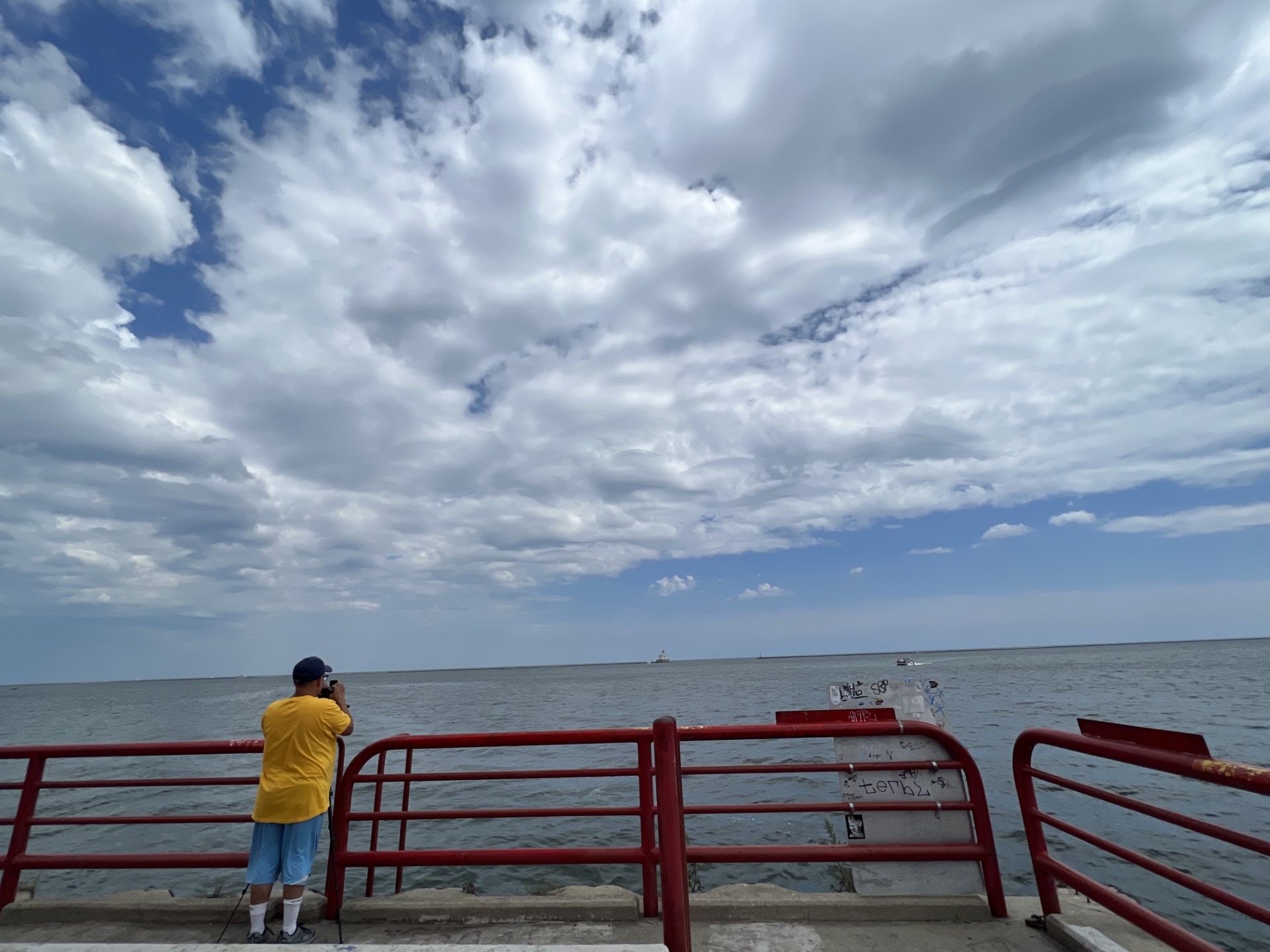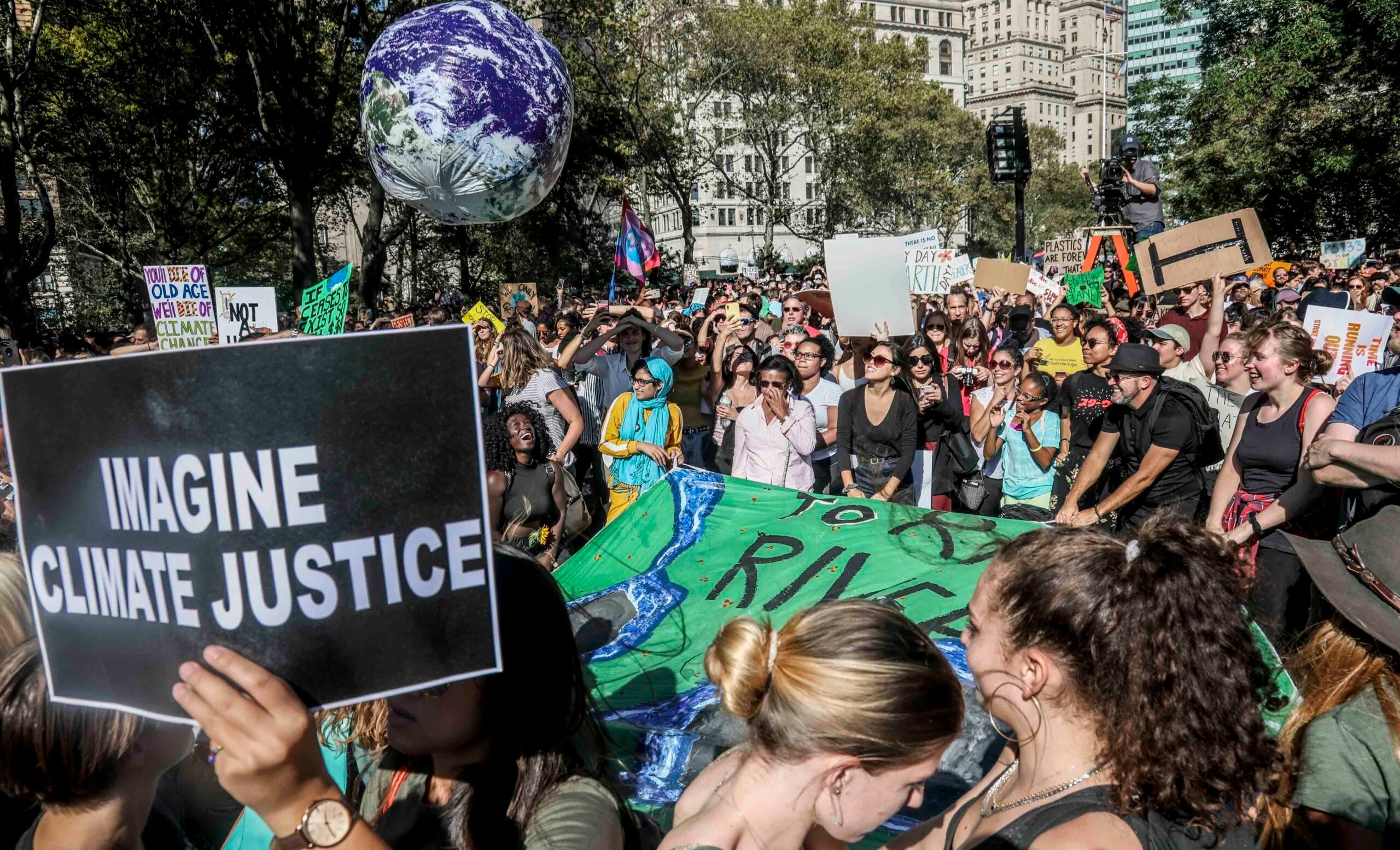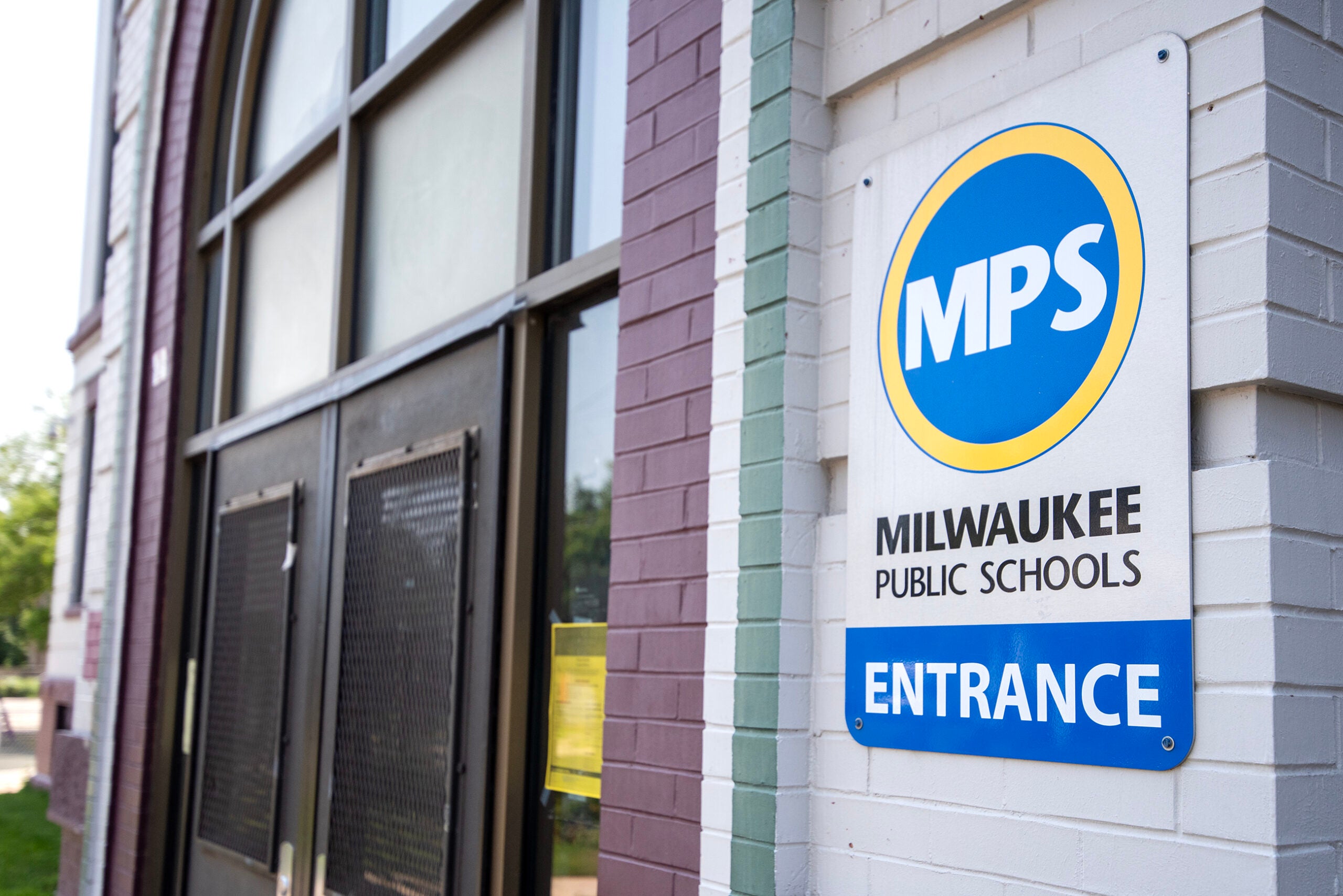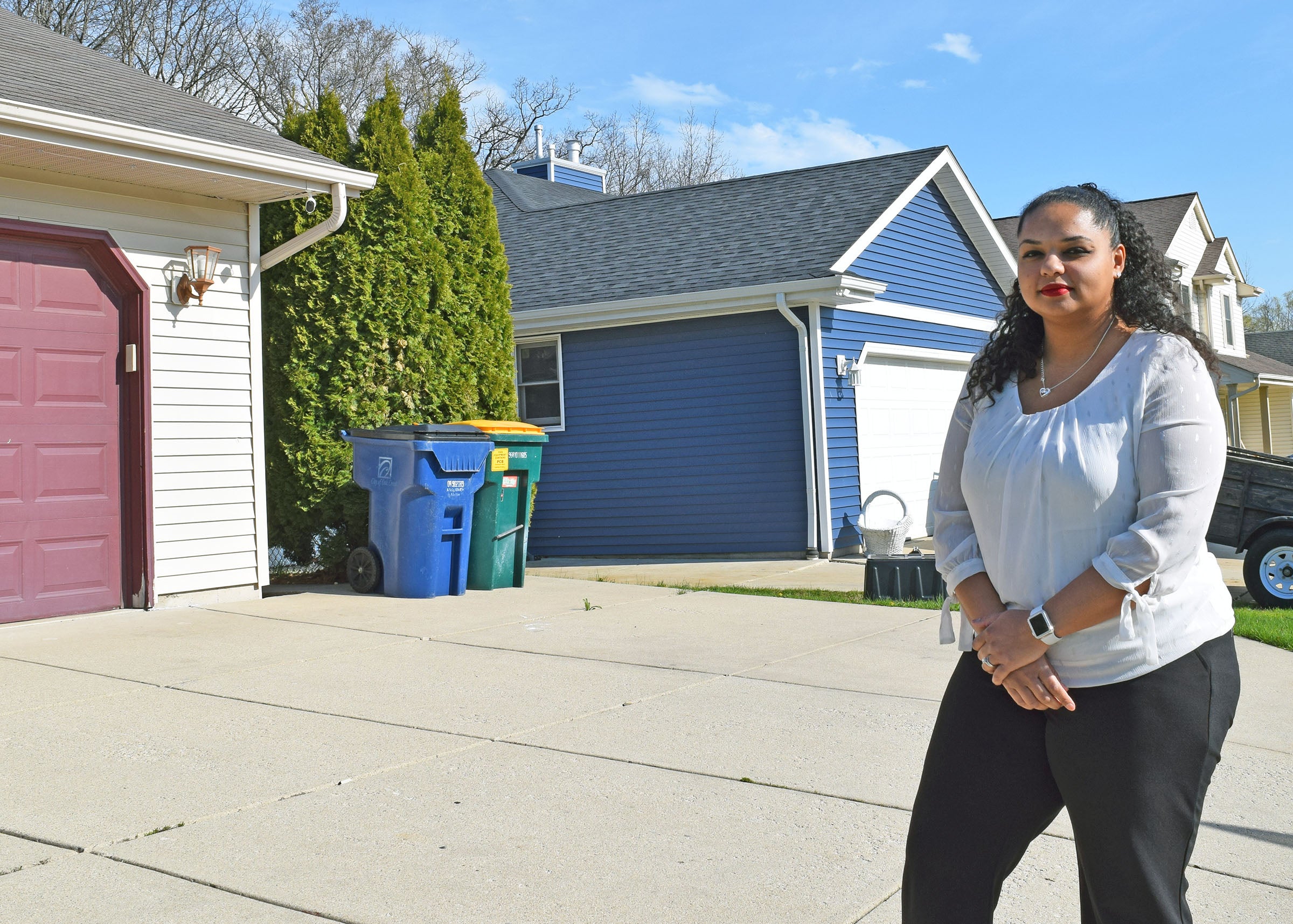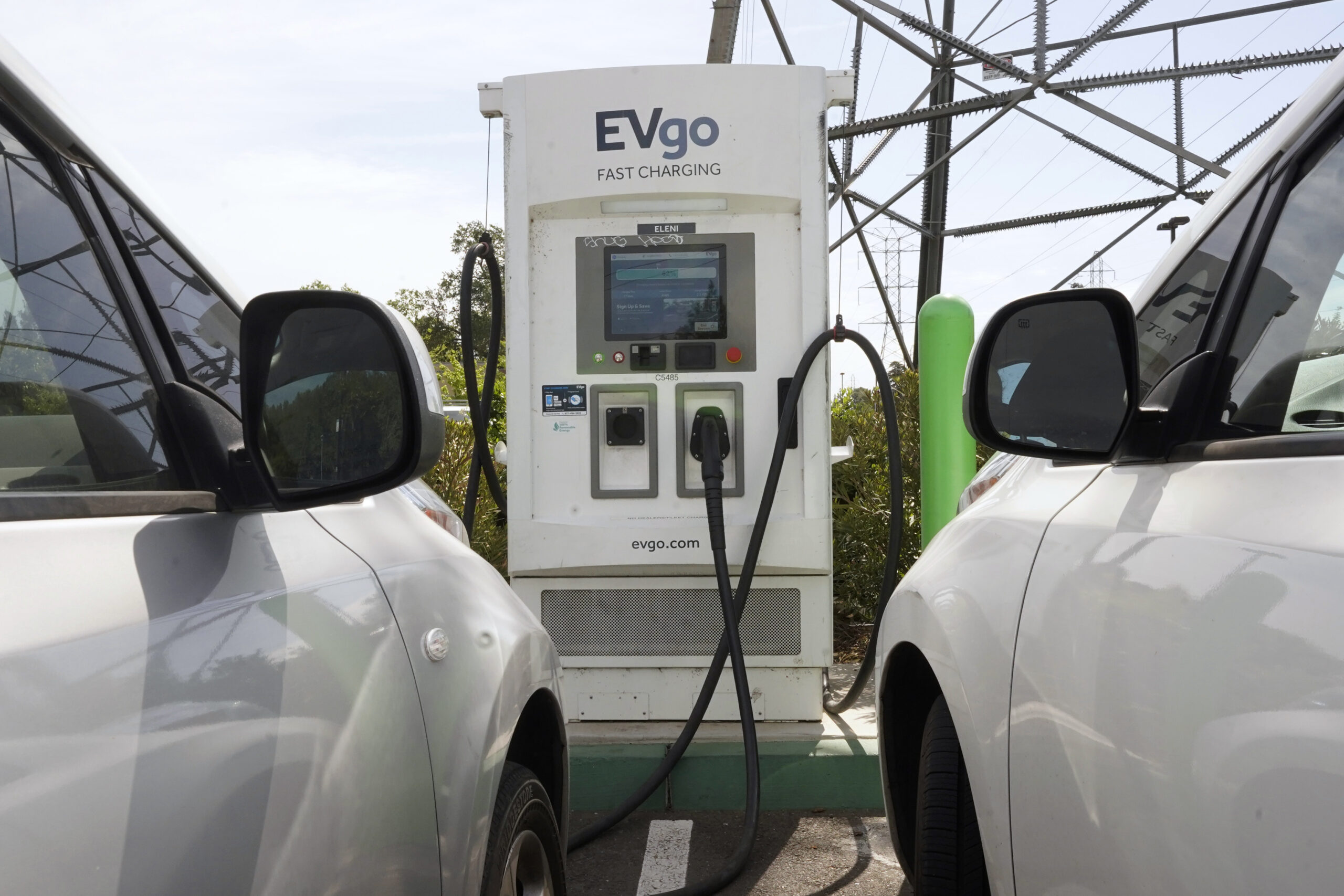Milwaukee’s lakefront could be home to a living breakwater — which would create a self-sustaining ecosystem and increase the resilience of the city’s breakwater system.
The breakwater could include a coastal wetland zone, a wave buffer pool and small islands that have grass and shrubs. The Milwaukee Harbor District received a $455,000 grant from the National Fish and Wildlife Foundation for the project, which is still in the design phase.
“Thinking about how we design things in our city to be beneficial to things other than people is something we know how to do, and we can do, it takes a little bit more thought, but doesn’t necessarily have to be a lot more expensive,” said Aaron Zeleske, environment director for Milwaukee’s Harbor District.
News with a little more humanity
WPR’s “Wisconsin Today” newsletter keeps you connected to the state you love without feeling overwhelmed. No paywall. No agenda. No corporate filter.
The ecological breakwater will look like “barrier islands” that can function as its own ecosystem, Zeleske said. It could bring more migratory birds to Milwaukee’s lakefront and be a beneficial habitat for fish and other aquatic organisms.
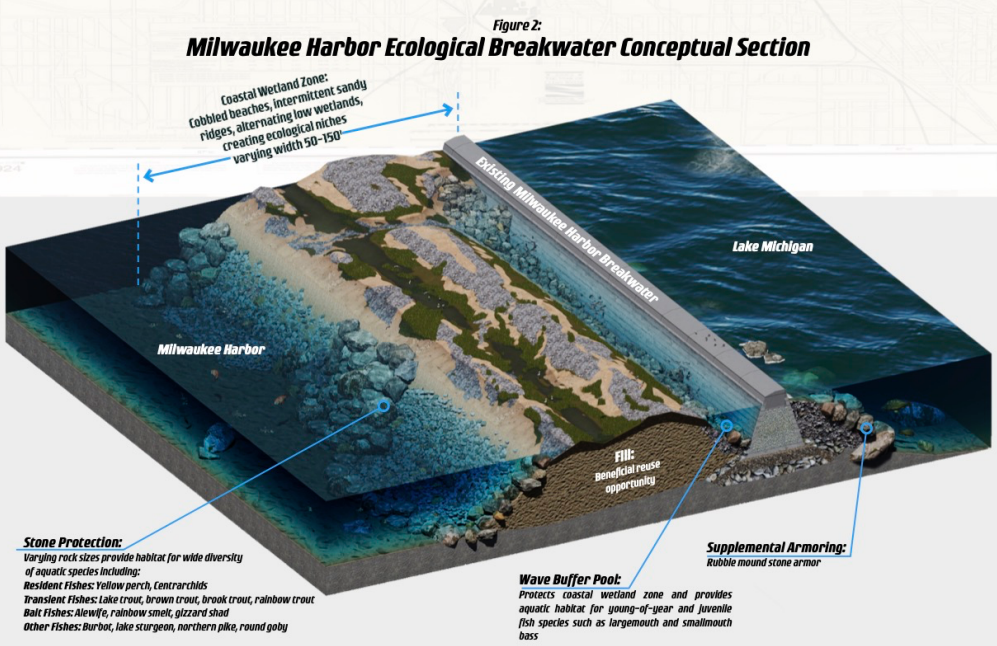
The new breakwater will be nestled inside the existing breakwater near the Hoan Bridge. Zeleske said it will reduce wave energy and help with storm impacts, as Milwaukee’s lakefront has seen an increase in less predictable storms that can damage critical infrastructure along the coast.
“So it will sort of be a second line of defense inside of the existing breakwater structures,” he said.
A breakwater is generally a coastal structure, usually built with rocks, that reduces incoming wave energy and shelters vessels and infrastructure from waves and currents. The current breakwater protects the Milwaukee Metropolitan Sewerage District wastewater treatment plant, Port Milwaukee, Milwaukee County Parks and other properties on Milwaukee’s coast.
In 2020, high water levels and strong winds caused millions of dollars of damage to Port Milwaukee and other infrastructure near the water. Jordyn Perr, a climate organizer with the National Wildlife Federation, said she believes the project is a unique approach to address problems like shoreline erosion or damage to infrastructure because of storms.
“It is a really creative way to solve a variety of issues that the community and lake is facing,” Perr said.
Perr said she’s also excited that the ecological breakwater will provide habitat for different aquatic life and birds.
“We could see more migratory birds in larger numbers because they have places to nest or to feed even,” Perr said.
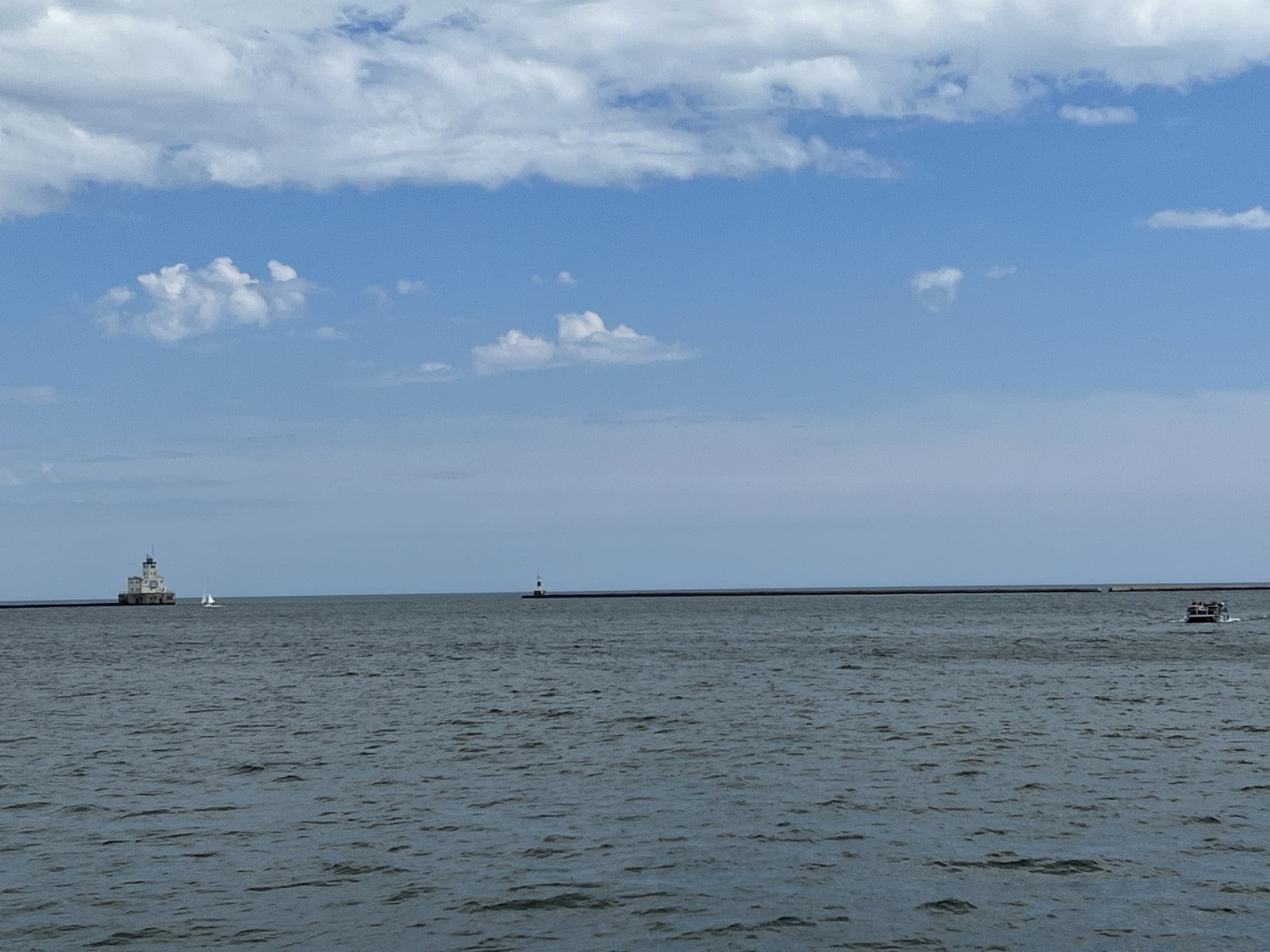
Zeleske said the city is still in the “baby steps” of the project, as more research needs to be done to understand the dynamics of the currents and waves where the breakwater will be. But it’s likely the city could soon get more federal grants for the work.
“The project implementation is well, well off into the future,” Zeleske said, adding that it’s not yet known who will construct the breakwater.
But Zeleske said it’s exciting that Milwaukee could be a leader for other cities across the nation.
“This could be a really cool model for other coastal cities, other Great Lakes harbors,” he said.
In a press release announcing the plans, Jeff King, a program manager with the United States Army Corps of Engineers, called the project a “perfect marriage of habitat and resilience goals.”
“This project has the potential to dramatically improve the Milwaukee Harbor and catalyze community support for environmental improvements,” King said in the release.
The living breakwater would be 50 to 150 feet wide.
“The City of Milwaukee strongly supports nature-based coastal resiliency solutions, and is working with partners to realize this vision,” Milwaukee Mayor Cavalier Johnson said in a press release. “Collaborative efforts like this are helping Milwaukee remain the freshwater capital of the world.”
Wisconsin Public Radio, © Copyright 2026, Board of Regents of the University of Wisconsin System and Wisconsin Educational Communications Board.
